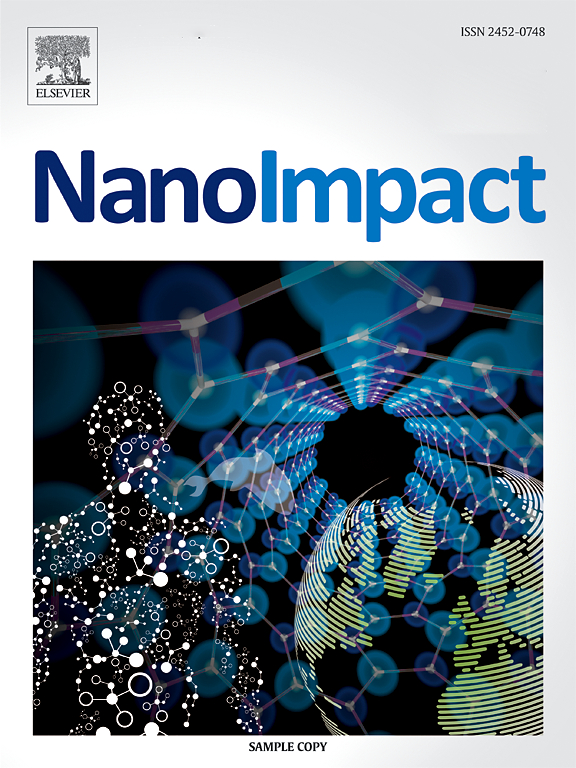代谢组学揭示了聚苯乙烯纳米塑料在云南对虾鳃中的毒性
IF 5.5
3区 环境科学与生态学
Q2 ENVIRONMENTAL SCIENCES
引用次数: 0
摘要
尽管聚苯乙烯纳米塑料(PS-NP)对鱼类的生态毒性已被广泛报道,但其对鱼鳃代谢过程的影响及其潜在机制尚不清楚。本文采用常规理化指标和代谢组学分析方法,研究了PS-NP对云南对虾鳃形态、氧化应激和代谢的影响。结果表明,PS-NP引起氧化应激,导致鳃组织损伤(如鳃上皮细胞增殖和脱落)。代谢组学结果显示,PS-NP暴露诱导了75-164种鱼鳃差异表达代谢物(DEMs),这些代谢物主要与脂质代谢有关。与低浓度PS-NP相比,高浓度PS-NP诱导的dem不仅在甘油磷脂代谢方面显著富集,而且在鞘脂代谢、核酸代谢和多种信号通路方面也显著富集。综上所述,本研究结果表明,PS-NP主要通过破坏鳃组织的完整性来破坏磷脂代谢,这为理解PS-NP对鱼鳃的影响机制提供了新的视角。鉴于鱼类在维持生态平衡中起着至关重要的作用,PS-NP对鱼鳃的不良影响最终可能会破坏水生生态系统的稳定和健康。本文章由计算机程序翻译,如有差异,请以英文原文为准。
Metabolomics reveals the toxicity of polystyrene nanoplastics in the gills of Acrossocheilus yunnanensis
Although the ecotoxicity of polystyrene nanoplastics (PS-NP) to fish has been widely reported, their impact on the metabolic processes in fish gills and the underlying mechanisms remains unclear. Here, we investigated the effects of PS-NP on the morphology, oxidative stress, and metabolism of Acrossocheilus yunnanensis gills using conventional physicochemical indicators and metabolomics analysis. The results showed that PS-NP caused oxidative stress, and resulted in gill tissue lesions (e.g., proliferation and sloughing of gill epithelial cells). Metabolomics results showed that PS-NP exposure induced 75–164 differentially expressed metabolites (DEMs) in fish gills, and they were mainly related to lipid metabolism. DEMs induced by high concentration of PS-NP compared with low concentration of PS-NP were not only significantly enriched in glycerophospholipid metabolism, but also in sphingolipid metabolism, nucleic acid metabolism, and a variety of signaling pathways. In conclusion, the results of this work suggest that PS-NP cause disruption of phospholipid metabolism mainly by disrupting the integrity of gill tissue, which provides a new perspective for understanding the impact mechanism of PS-NP on fish gills. Given that fish play essential roles in maintaining ecological balance, the adverse effects of PS-NP on fish gills could ultimately disrupt the stability and health of the aquatic ecosystem.
求助全文
通过发布文献求助,成功后即可免费获取论文全文。
去求助
来源期刊

NanoImpact
Social Sciences-Safety Research
CiteScore
11.00
自引率
6.10%
发文量
69
审稿时长
23 days
期刊介绍:
NanoImpact is a multidisciplinary journal that focuses on nanosafety research and areas related to the impacts of manufactured nanomaterials on human and environmental systems and the behavior of nanomaterials in these systems.
 求助内容:
求助内容: 应助结果提醒方式:
应助结果提醒方式:


